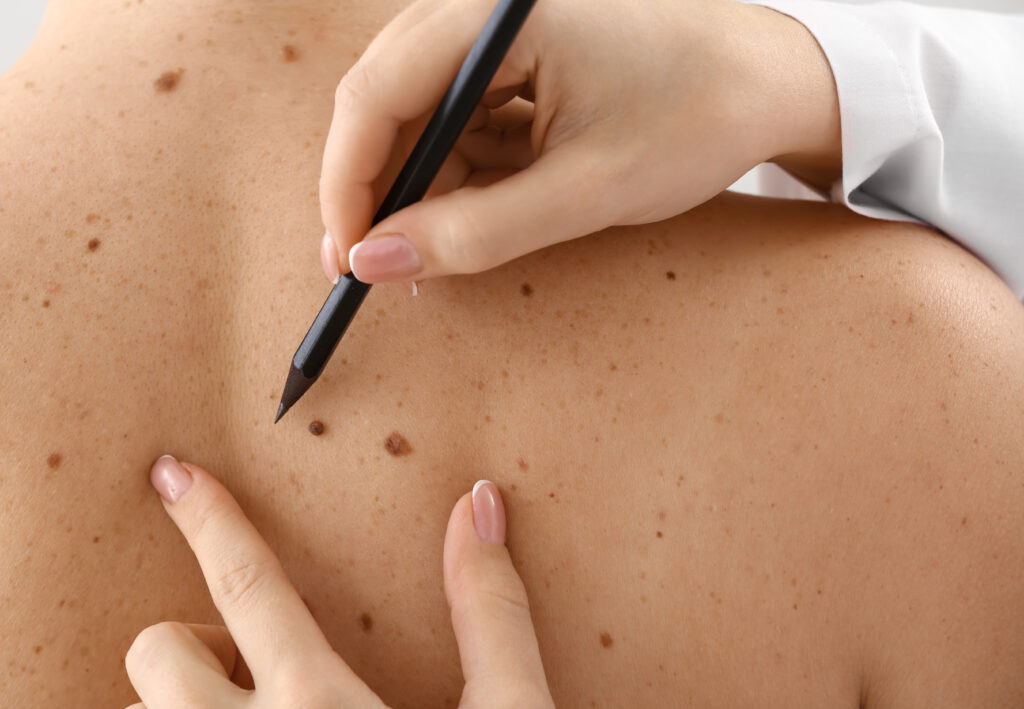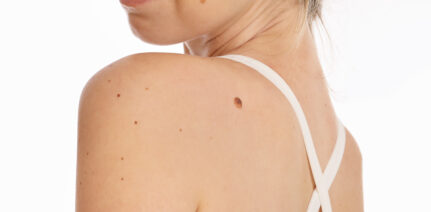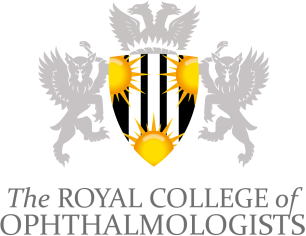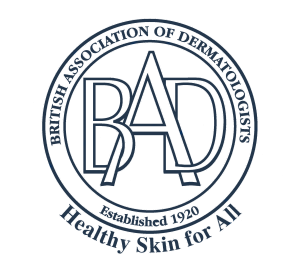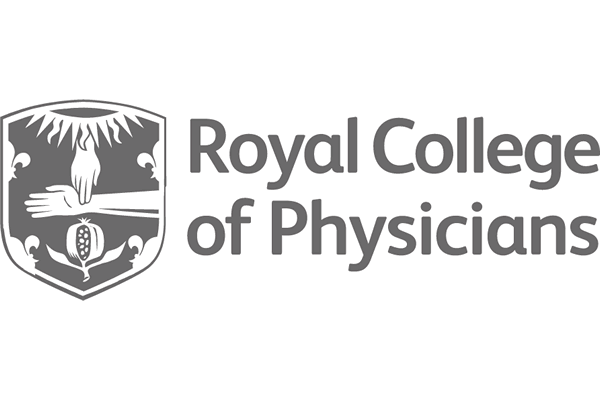"Having had my first operation at another hospital for skin cancer which, unfortunately, did not achieve the desired results, I was referred to Dr Jack Mann at the Cancer Centre - Guys Hospital. I knew immediately I was in the capable and competent hands of a fine surgeon. He is professional but at the same time puts one at ease - he has a good bedside manner. My operation, needless to say, was successful and the reconstructive surgery on my face has healed well and overtime won't even be noticeable. My final words on Dr Jack Mann – Professional, competent, highly qualified in skin cancers, a brilliant surgeon with a caring personality."
Melanoma skin cancer can present itself either as a new mole or a change to an original mole and occasionally as a skin-coloured lump. Many dermatologists refer to the ABCDEs for melanoma detection when the mole is checked. A for asymmetry – is the mole symmetrical? B for the border – are the edges of the mole an irregular shape? C for colour – is the mole an unusual colour such as blue, black, or red? D for diameter – is the mole larger than 6mm across? E for evolving – is the mole changing in colour and size? If any of these apply in terms of the mole you are concerned about it is important to have these checked out due to the dangerous nature of melanoma and the potential harm it can cause. Melanoma is the most serious form of skin cancer and can be extremely dangerous due to its ability to spread to other parts of the body. It is important to identify melanoma early in order to avoid any detrimental impacts to the body and avoid it spreading to other areas of the body.
Due to the possible dangerous impacts that moles can have, it is important to ensure that following any change to a mole’s appearance including shape, size and colour moles are checked and assessed to understand the potential harm that they could cause. Following the assessment, one of our expert consultants will be able to suggest the best options for your individual case.


